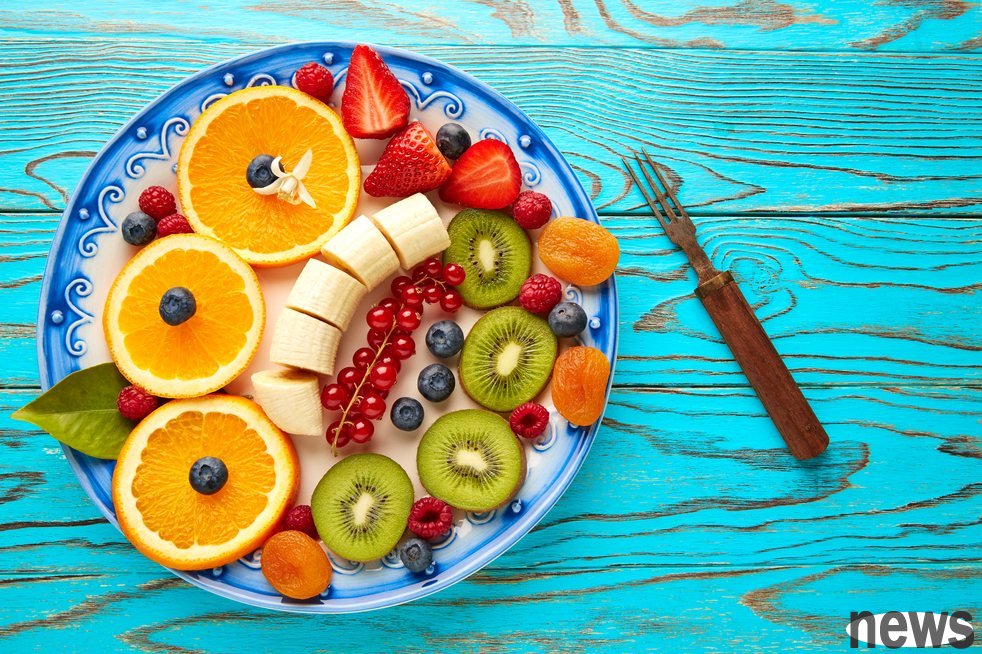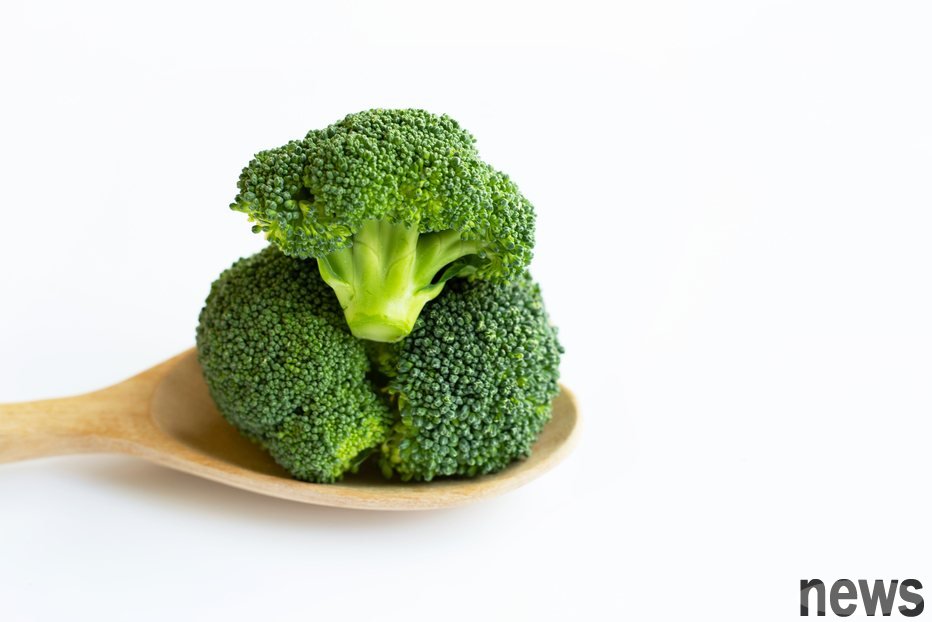
According to data from the USDA, most adults need to consume 75 to 90 mg of vitamin C every day. In addition to hearing citrus fruits often, the health website Prevention has also compiled 15 vegetables and fruits rich in vitamin C, so that people can have more choices in their diet.
1. StrawberryAn orange can provide an average of 70 mg of vitamin C. Strawberries belonging to chlorhexi contains 89.4 mg of vitamin C per cup, and are also rich in mineral quality "prime", which can help Chen Gong heal and regulate blood sugar. The content of other nutrients such as calcium, oxidation and decoction is also very rich.
2. Pearhas a sweet and sour fruit and pear that contains 96.7 mg of vitamin C, and the unique enzyme "Pear protease" can also help human digest protein.
3.MangoOn average, each mango contains 122 mg of vitamin C, which is far higher than the recommended daily intake. If you want to supplement vitamin C, it is recommended to eat half a serving every day.

is the same as cruciferous vegetables. Ball Ginseng contains dietary fiber, debris and vitamin B groups that are beneficial to the kidneys and healthy. Each serving of Ball Ginseng contains 83.7 mg of vitamin C.
5.Breast BlueBreast Blue is often made with roasted bacon and other ingredients to make a salad. A cup of Breast Blue can provide 125.8 mg of vitamin C, and it can also supplement calcium, desiccum and dietary fiber.
6. kale blueEvery 100 grams of kale blue contains 93.4 mg of vitamin C, 4.1 grams of dietary fiber, and is also rich in vitamin A, K, calcin, iron, etc., and is known as a "super food".
{twenty one} {twenty two}
7. MiscellaneousA cup of Miscellaneous contains 105.8 mg of vitamin C. You may eat it with other fruits, or use it with excellent quality to supplement some calcium, protein and healthy fat.
8.BaoBao is quite popular in Taiwan. You can see the pictures of Bao in mobile phone shops and night markets. It also contains 125 mg of vitamin C, twice that of orange, and is also the source of Drink, Leaf Acid and Vitamin A.
9. Bell peppersBell peppers are mainly divided into three types according to their color and maturity: red peppers, orange peppers and green peppers. Red pepper has the highest vitamin C content, with 168.9 mg, followed by orange pepper 168.8 mg, and green pepper also contains 118.4 mg of vitamin C.
10. Rose hipsRose hips, also known as saccharin, are fruits that grow on rose plants. The vitamin C content is very amazing. A cup of rose hips contains 541 grams of vitamin C, and only a small amount is needed to obtain enough nutrients.
11. Papayais the same as the hot-carrying fruit. A small papaya contains about 95.6 mg of vitamin C, while a large papaya with more than 300 grams is about 476 mg.
12. SpinachSpinach is rich in vitamin C. According to data from the American Agricultural Department, 26.5 mg of vitamin C per 100 grams of spinach. But mustard spinach has higher vitamin C content. Despite its name, mustard spinach, it is actually a completely different green leaf vegetable — — per cup of mustard spinach contains 195 mg of vitamin C, according to data from the American Agricultural Department. This is more than twice the daily recommended intake.
13. Tomato juiceA cup of fresh tomato juice contains 121 mg of vitamin C, which can also meet 8.5% of the daily load required by the human body. If you want to eat tomatoes directly, the vitamin C content of a large tomato is only 24.9 mg. From a nutritional perspective, drinking tomato juice can be more effective in replenishing.
14. Broccoli (Broccoli)A cup of chopped green cabbage contains about 81 mg of vitamin C and contains about 92.8 micrograms of vitamin K, which can help maintain bone health and blood clotting function.

Compared with dark green blue and white cauliflower, white cauliflower usually has a creamy flavor and has a dense taste. However, cauliflower is also quite nutritious. A large cauliflower contains up to 563.6 mg of vitamin C, which can also take up the same drain, ozone, leaf acid and dietary fiber.